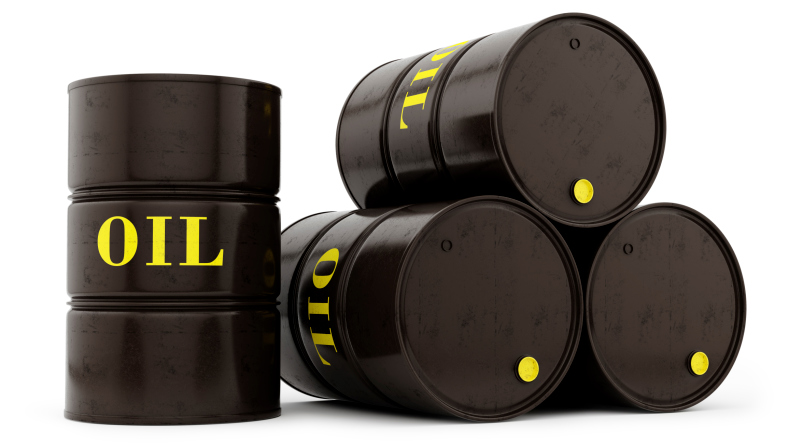
If crude oil inventories continue to grow, the price spread between West Texas Intermediate (WTI) and Brent crudes will widen, putting pressure on crude oil prices and inevitably causing the price for WTI to fall. If the price for WTI falls far enough, the price of Brent crude could also come under pressure as WTI production is sucked up by international markets traditionally dominated by Brent crude. At least that is the scenario analysts at Credit Suisse have recently painted.
Calling the possibility a “super contango,” the analyst believes the scenario is real. Contango describes the commodity market position when future prices are higher than current spot prices. For example, WTI for April delivery priced at around $51.15 a barrel on the NYMEX Thursday. At the same time, WTI for December delivery priced at $59.16, and $62.89 for WTI delivered in December of 2016. That is a market in contango.
A super contango, as the Credit Suisse analyst sees it, adds full-to-the-brim storage tanks to the ordinary contango and pushes the current spot price down even more, widening the spread between the current spot price and the futures price.
ALSO READ: How Low Crude Prices Affect Nations, States and Companies
At the main U.S. crude oil pricing point in Cushing, Okla., the tanks are currently about 67% full, according to a report published Wednesday by the U.S. Energy Information Administration (EIA). That is an increase from about 50% at the same time a year ago. Total working capacity at Cushing is about 71 million barrels, which is equal to more than half the total storage capacity in the Midwest and about 17% of all U.S. crude oil storage capacity.
Storage tanks in the northeastern United States (Petroleum Administration for Defence District, or PADD 1) are 85% full, Midwestern (PADD 2) tanks have reached 69% of capacity, Gulf Coast (PADD 3) tanks are about 56% full, Rocky Mountain region tanks are 54% full and West Coast tanks (PADD 5) are 55% full.
As refineries undergo planned maintenance and spring turnaround to producing summer-grade fuel, demand for crude oil in the United States has dropped, adding to the crude flowing into storage tanks. If demand growth picks up during the summer, as it is expected to do, U.S. producers will have been vindicated in their decision to keep production high. If demand growth does not pick up, production cuts may come earlier than currently expected.
Stranger things than a super contango have happened, but it may be a better use of time to worry about whether the Cubs will make it to the World Series this year.
ALSO READ: UBS’s 4 Diversified Oil Services Stocks to Buy Now
Take This Retirement Quiz To Get Matched With An Advisor Now (Sponsored)
Are you ready for retirement? Planning for retirement can be overwhelming, that’s why it could be a good idea to speak to a fiduciary financial advisor about your goals today.
Start by taking this retirement quiz right here from SmartAsset that will match you with up to 3 financial advisors that serve your area and beyond in 5 minutes. Smart Asset is now matching over 50,000 people a month.
Click here now to get started.
Thank you for reading! Have some feedback for us?
Contact the 24/7 Wall St. editorial team.



